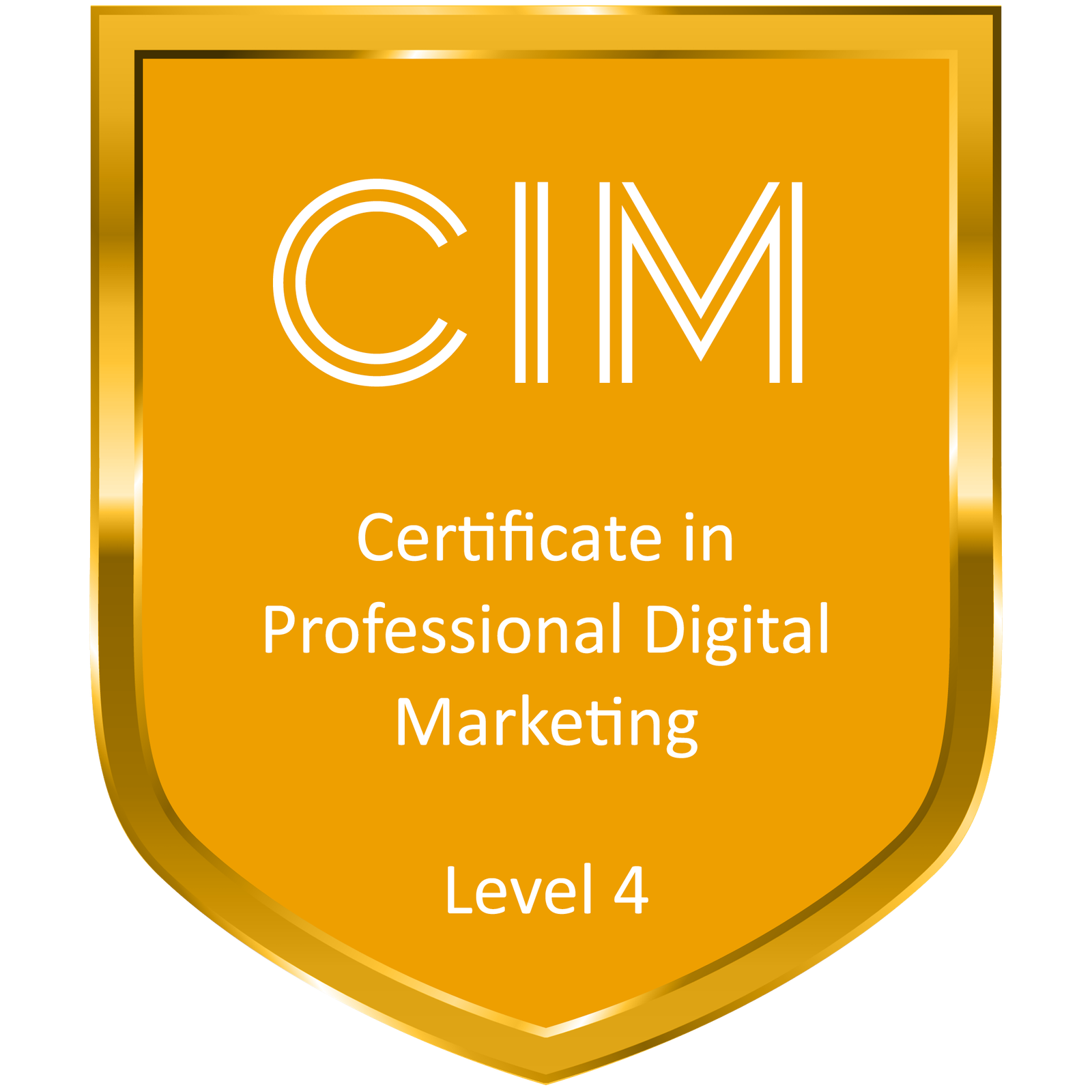
Chapter Brief
Marketing has been a vital concept for as long as humans have traded goods, yet its definition varies depending on context. At its core, marketing involves understanding and meeting customer needs. Over time, it has evolved into a multifaceted discipline encompassing various roles and philosophies. Below, we explore key perspectives on marketing, supplemented by case studies to illustrate their application.
Based on the texts Books you've read and in relation to the Marketing Executive Apprenticeship Standard KSBs (Knowledge, Skills, and Behaviours), here's a breakdown of which KSBs are achieved by the content:
Based on the texts Books you've read and in relation to the Marketing Executive Apprenticeship Standard KSBs (Knowledge, Skills, and Behaviours), here's a breakdown of which KSBs are achieved by the content:
Based on the texts Books you've read and in relation to the Marketing Executive Apprenticeship Standard KSBs (Knowledge, Skills, and Behaviours), here's a breakdown of which KSBs are achieved by the content:
Recap: Market Segmentation & Buyer Personas
Understanding Buyer Behaviour
B2B vs. B2C Buyers
Adoption of Innovation
Practical Applications & Discussions
Each section is designed to build your understanding of how and why customers make decisions, and how businesses can use this insight to create effective marketing strategies.
Based on the texts Books you've read and in relation to the Marketing Executive Apprenticeship Standard KSBs (Knowledge, Skills, and Behaviours), here's a breakdown of which KSBs are achieved by the content:
1. Recap: Macro Environment Analysis
2. Warm-Up
3. The Micro Environment
4. Case Study Apple vs. Samsung
5. Porter’s 5 Forces
6. Competitive Positioning
By the end of this lesson, students will be able to:
Define the micro environment and its components.
Explain how each element of the micro environment influences marketing decisions.
Apply Porter’s Five Forces framework to assess competitive dynamics in an industry.
Identify different strategies businesses use for competitive positioning.
Use real-world examples to illustrate marketing concepts.
Objectives
By the end of this session, you will:
• Define the micro environment and its impact on marketing
(K).
• Apply Porter’s Five Forces to assess competitive dynamics (K,
S).
• Use real-world examples and group activities for analysis (K,
S, B).
• Develop a competitor mapping strategy for better
positioning (K, S).
Objectives
By the end of this session, you will be able to:
• Understand and apply the 7Ps of marketing to develop a comprehensive marketing strategy. (K, S)
• Analyse product branding, packaging, and positioning to enhance customer perception and market appeal. (K, S)
• Utilise the Boston Consulting Group (BCG) Matrix and GE Matrix to assess and manage a product portfolio effectively. (K, S)
• Apply product portfolio management techniques to optimise investment and resource allocation. (S, B)
• Evaluate the product lifecycle stages and align marketing strategies accordingly. (K, S, B)
• Develop strategic approaches to new product development (NPD), from ideation to market launch. (K, S, B)
• Demonstrate a data-driven and strategic mindset when making product and marketing decisions. (B)
Knowledge (K)
Skills (S)
Behaviours (B)
Conclusion
The KSBs reflected in the text for a Marketing Executive revolve around market analysis, pricing strategies, customer engagement, and strategic thinking, along with skills in campaign management, digital marketing, and communication. These are enhanced by behaviours like adaptability, resilience, and a commitment to continuous improvement. By applying these KSBs, a marketing executive ensures the successful execution of marketing strategies that align with business goals and customer expectations.